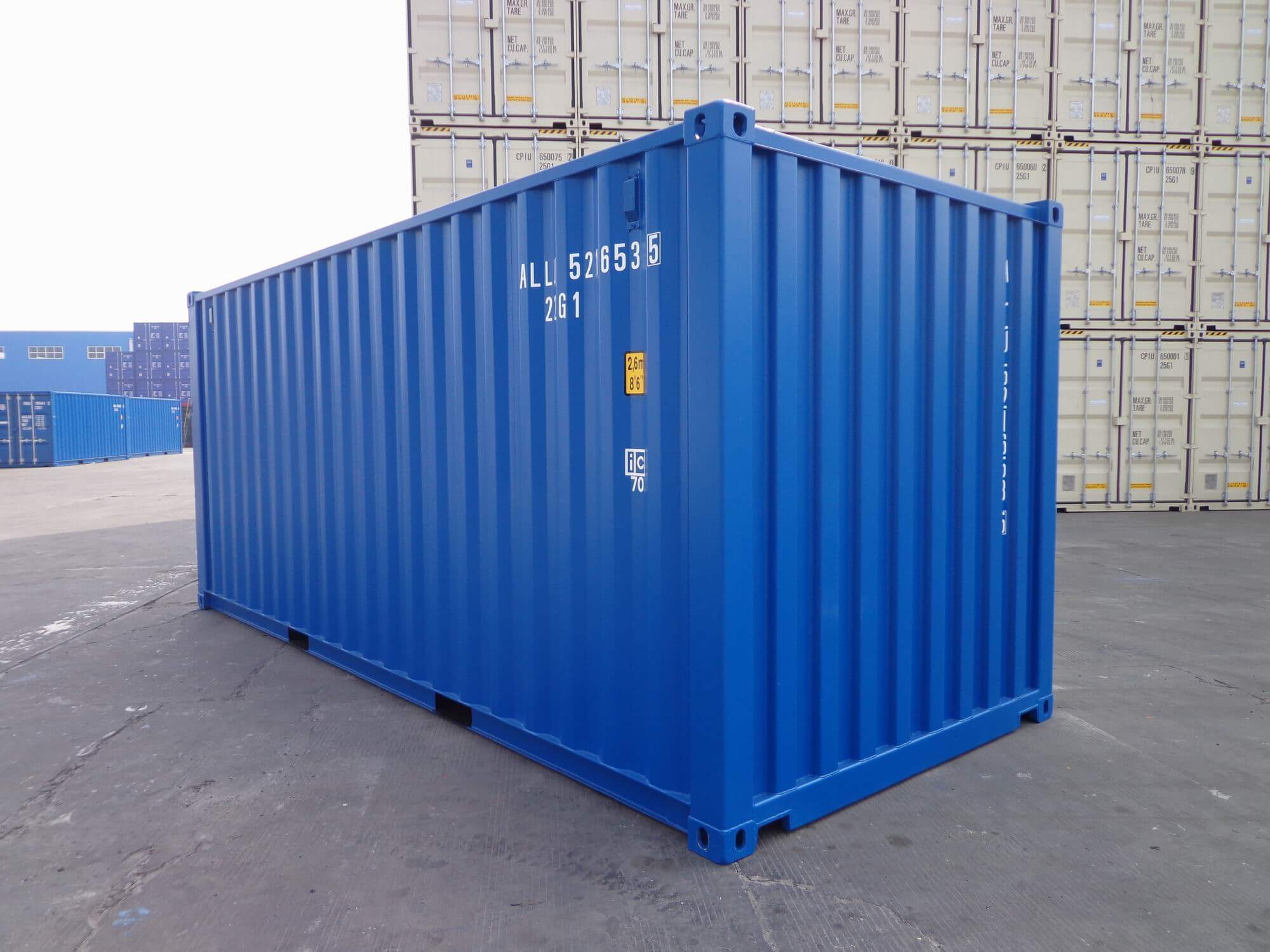Introduction
Putting the wrong fuel in car can lead to costly repairs and potential engine damage. It is a common mistake that can happen to anyone, but with some basic knowledge and awareness, you can avoid this mishap. In this article, we will discuss valuable tips from experienced car mechanics on how to prevent putting the wrong fuel in your car. By following these guidelines, you can save yourself from unnecessary expenses and ensure the smooth operation of your vehicle.
- Pay Attention to Fuel Types:
The first step in avoiding the wrong fuel mishap is to pay close attention to the fuel types your vehicle requires. Every car has specific fuel requirements mentioned in the owner’s manual and near the fuel cap. The most common fuel types are gasoline and diesel, but there are variations such as premium unleaded, ethanol blends, and biofuels. Make sure you know the correct fuel type your car needs.
- Read Fuel Pump Labels:
When refueling your car, take a moment to read the labels on the fuel pump carefully. Gas stations clearly mark the fuel types available, often with different nozzle colors or labels. Double-check that you have chosen the right fuel type before inserting the nozzle into your vehicle. If you’re uncertain, ask the station attendant for assistance.
- Don’t Rely Solely on Fuel Cap Colors:
While some vehicles have fuel caps color-coded to indicate the appropriate fuel type, it’s not a foolproof method. Fuel caps can get replaced or swapped, leading to incorrect labeling. Therefore, it is crucial to rely on multiple indicators, such as the owner’s manual and fuel pump labels, rather than solely relying on the fuel cap color.
- Be Mindful When Borrowing or Renting Cars:
When borrowing or renting a car, unfamiliarity with the vehicle can increase the risk of putting the wrong fuel. Take extra caution and ask the owner or rental agency about the fuel type the vehicle requires. Familiarize yourself with the labeling on the fuel cap, and if in doubt, consult the owner’s manual or contact the rental agency for guidance.
- Maintain a Routine:
Developing a fueling routine can significantly reduce the chances of making a mistake. Make it a habit to check the fuel gauge before pulling up to the pump. If the gauge is low, it serves as a reminder to refuel, and you can take the time to confirm the fuel type required by your vehicle.
- Avoid Distractions:
Distractions while refueling can lead to errors. Avoid using your phone, engaging in conversations, or multitasking when you’re at the gas station. Give your full attention to the task at hand, ensuring that you’re selecting the correct fuel type and monitoring the filling process.
- Use Fuel Additives with Caution:
Some fuel additives claim to improve fuel efficiency or engine performance. However, it is essential to read the instructions and understand the compatibility of the additive with your car’s fuel system. Using the wrong additive or using additives when they are unnecessary can lead to problems. If you’re unsure, consult a mechanic before using any fuel additives.
- Know the Signs of Wrong Fuel:
Despite taking precautions, mistakes can still happen. It’s vital to recognize the signs of wrong fueling promptly. If you accidentally put the wrong fuel in your car, do not start the engine. The signs may include a strong odor, engine misfire, or unusual sounds. In such cases, seek professional assistance immediately to minimize potential damage.
FAQs:
What should I do if I accidentally put the wrong fuel in my car?
A: If you realize your mistake before starting the engine, do not panic. It’s important not to start the engine as it can cause further damage. Instead, contact a professional tow service to transport your vehicle to a reputable mechanic. They will safely drain the incorrect fuel and assess any potential damage.
Can I rely solely on the fuel cap color to determine the correct fuel type?
A: While some vehicles have color-coded fuel caps, it’s not always foolproof. Fuel caps can get swapped or replaced, leading to incorrect labeling. It’s crucial to rely on multiple indicators, such as the owner’s manual and fuel pump labels, to ensure you choose the right fuel type.
Are fuel additives safe to use?
A: Fuel additives can offer benefits such as improved fuel efficiency or engine performance. However, it’s important to use them with caution. Read the instructions and ensure the additive is compatible with your car’s fuel system. If you’re uncertain, consult a mechanic before using any additives.
Conclusion:
Following the valuable tips from car mechanics can help you avoid the costly mistake of putting the wrong fuel in car. By paying attention to fuel types, reading fuel pump labels, and not relying solely on fuel cap colors, you can significantly reduce the risk of putting the wrong fuel in your vehicle. Developing a fueling routine, avoiding distractions, and being cautious when borrowing or renting cars are also essential practices. Recognizing the signs of wrong fueling and taking immediate action if an error occurs is crucial. Remember, prevention is key, and by incorporating these tips into your fueling habits, you can protect your car from potential damage and unnecessary expenses. Stay vigilant and ensure that your vehicle always receives the right fuel it needs to operate smoothly.







